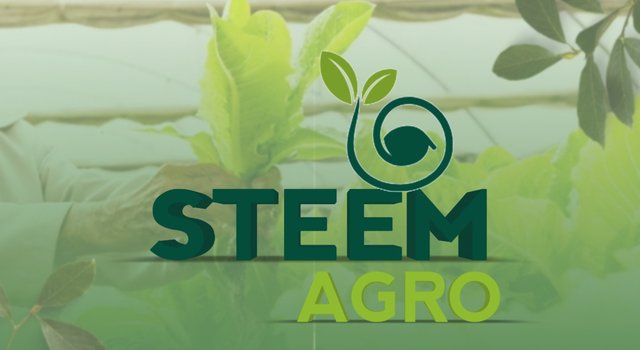Basic Knowledge in Agriculture #29
Basic Knowledge
Good day to all the precious friends here in the Steem-Agro Community. I am happy to participate in this agro-knowledge contest.
What do you understand by Breeding?
When working on my farm, especially during harvest season. Each time I uproot cassava and the yield is good, I keep the cassava stem aside so that I can cut it into more cassava seedlings and plant it in more places. But if the cassava has a poor yield, I destroy the stem to avoid planting it again.
To my understanding, what I have been doing is a kind of Breeding-an intentional effort towards helping a plant or animal with good characteristics to multiply or to take up additional good characteristics.
Discuss on the Breeding Types
Selective Breeding.
This is the type of breeding I do in my cassava farming. Selecting the plants with traits or characteristics like high yield and disease resistance and making sure we re-plant more of them and eliminate those with unattractive traits. After some years, I have only had good varieties on the farm.
Hybrid Breeding.
The characteristic I like in my cassava is its high yield. It is also ready for harvesting in only six months, but if you don't harvest it once it is six months, it rots in the ground. Hybrid breeding is the attempt to make the cassava learn or acquire the ability to preserve itself in the ground while it still maintains its high yield through cross-pollination and selecting offspring with the combined characteristics.
Mutation Breeding.
In this type of breeding, the plant's genetic nature is damaged using radiation or chemicals. As the plant's offspring adapt to the damage, those with good adaptation features are selected and used for more breeding. This can create cassava or crops that do not look like their parents.
Benefits of Breeding
Increased Crop Yield
The selective breeding I do has resulted in higher productivity, better yield and disease resistance. I get more cassava per stand, that is more food or more money. Higher production means improved food security and the ability to meet the growing demands for cassava in my community.
Disease Resistance:
I can say my cassava now knows the type of weeds, pests and diseases it has been exposed to on my farm and has developed resistance and a way around these problems. The built-in disease resistance has reduced my need for pesticides, making agriculture more sustainable.
Improved crop health:
Breeding results in crops that are used to its environment and its problems. Having this kind of disease-resistant crop reduces the possibility of crop losses as if they have been immunized against the local diseases.
What are the Applications of Breeding?
Breeding in agriculture is a special way to realize crop improvement. Breeding results in higher yields, disease resistance, and improved nutritional content.
In livestock farming, breeding is also used to improve our livestock to get faster growth rates, evidenced in the growth rate of broilers. Improved milk production, and enhanced disease resistance.
Breeding is what gives us the beautiful taste, colour and texture of most fruits like bananas, apples and mangoes in their varieties.
Animals that are almost facing extinction can be repopulated through breeding. Its application cuts across crop farming, animal husbandry, horticulture and conservation efforts.
Invited to participate here are:
@bossj23
@fombae
@udoikotabasi
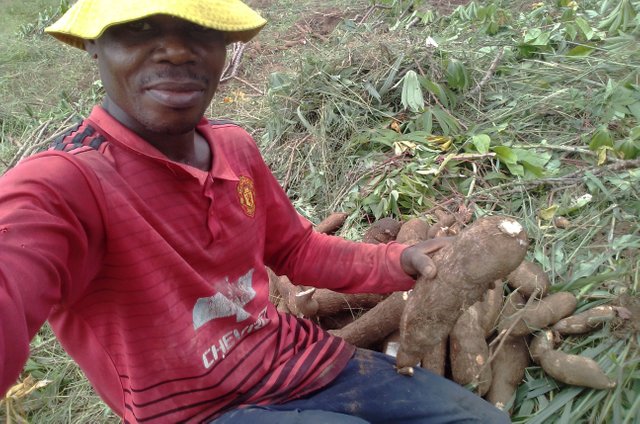
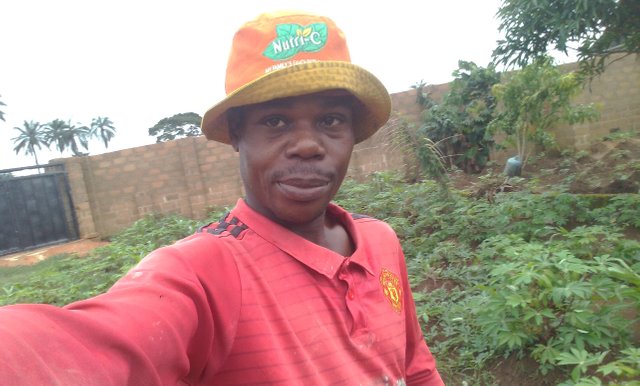
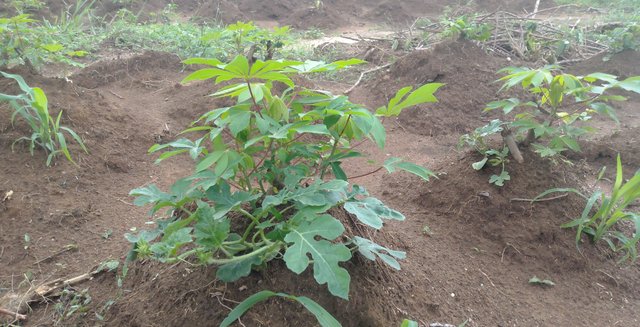
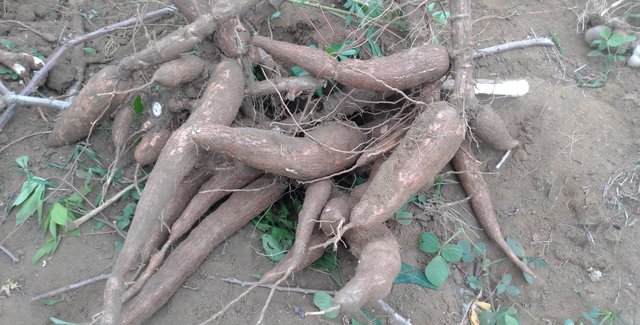
https://x.com/rubees4life/status/1920896896404488577
Steem agro
Welcome to steem-agro!
MODs Comment/Recommendation:
We appreciate your participation in this contest. Best wishes to you.
Remember to always share your post on Twitter using these 3 main tags #steem #steemit $steem
